Be Safe: The Dangers of Hypoxic Training and Risks of Shallow Water Blackout
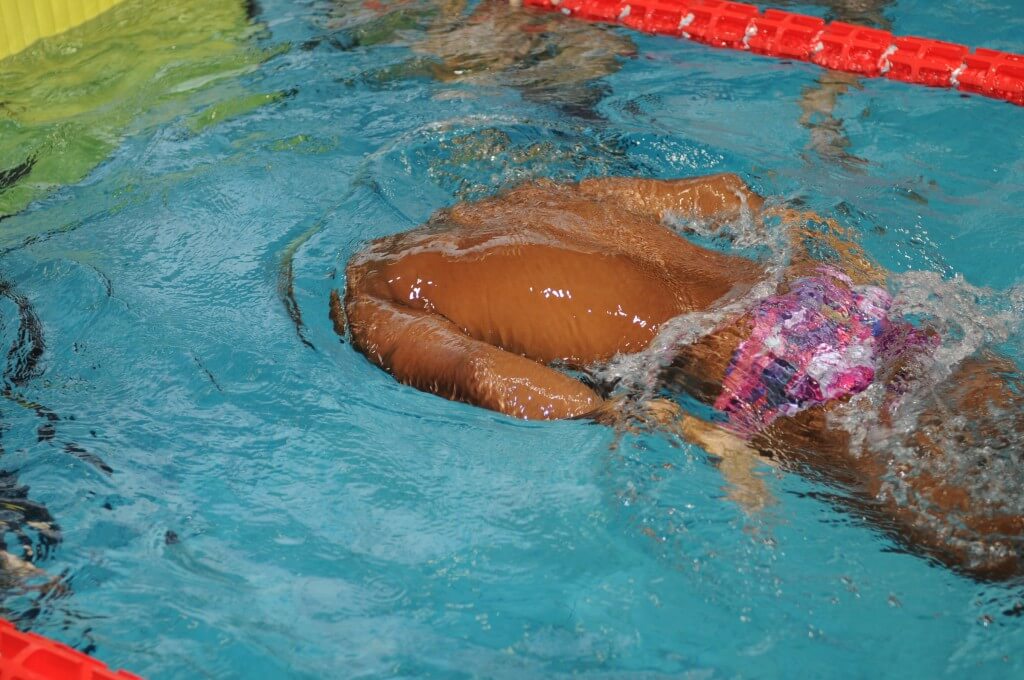
Be Safe: The Dangers of Hypoxic Training and Risks of Shallow Water Blackout
Because safety is always a priority in the sport, Swimming World is re-running this piece from its archive that discusses the dangers of hypoxic training and shallow-water blackout.
By Kristy Kinzer, Swimming World College Intern
Swim parents are used to the daily grind of carpooling their kids to practice, entrusting them to the care of well-meaning coaches for a few hours, then waiting for their dawdling, hot-shower-loving athlete to emerge from the natatorium in one piece. Sometimes they’re laughing with teammates and sometimes they’re beat from a challenging practice.
The morbid thought that their child may never come back out of the pool back into their loving care is out of the question, right? The coaches overseeing practice are CPR/AED and lifeguard certified, have years of swimming experience under their belts, and couldn’t possibly allow one of their beloved athletes, who is usually no more than a few inches from the surface of the water, to drown.
These athletes are swimmers after all, so they have the least chance of drowning than most of the population. Unfortunately, this is not the case for all families. An under-reported accident called hypoxic blackout, aka shallow water blackout, can have debilitating and fatal consequences for those who are training for competition or free swimmers alike.
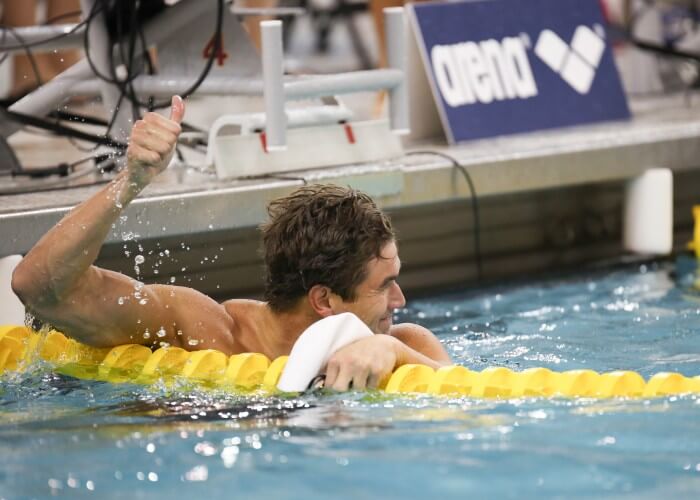
Photo Courtesy: Brenton Tse
Many swimmers jokingly use the phrase “water is my oxygen” due to the countless hours they spend at practice. One cannot breathe water, of course, and little scientific backing exists to prove any significant athletic improvement with hypoxic swim sets. Others credit the head-down position practiced during hypoxic sets for decreased water resistance thus leading to faster times. Never mind Nathan Adrian’s gold medal at the 2012 Olympics in the 100-meter freestyle where he breathed every other stroke until the last few meters, proving that you can be the best in the world and use oxygen to your advantage.
The Physiology Behind Blackouts
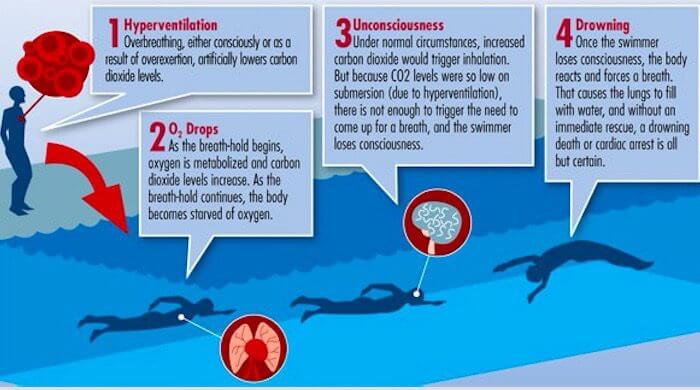
Photo Courtesy: Aquatics International
The key to preventing hypoxic blackouts is getting to the root cause of how athletes faint when exposed to breath-limiting, high stress practices. The body’s autonomic nervous system controls our breathing at an unconscious level and bases your need to breathe on the balance of oxygen and carbon dioxide (CO2).
A build-up of CO2 in the body signals the response to exhale the toxic build-up of CO2 and bring in fresh oxygen to nourish our vital organs and muscles; however, when CO2 levels are relatively low due to hyperventilation, whether intentional or from a difficult practice, our brain loses the ability to signal to take a breath. It thinks we don’t have enough waste product built up to require a breath, when in reality, our body needs that breath of air to survive.
Without adequate oxygenation, the brain will start to shut down and the swimmer will lose consciousness. It can take only about two and a half minutes to experience brain damage and death as opposed to the recognized six to eight minutes with a “normal” drowning submersion due to the body’s already oxygen-deprived state and the warmth of the pool water. The Shallow Water Blackout Prevention website, created by medical doctor and mother of a blackout victim Rhonda Dawes Milner, gives in-depth detail of the physiological process and tips to prevent hypoxic blackout.
The Scope of the Issue
According to the Center of Disease Control (CDC), nearly 10 people die each day from unintentional drowning and it ranks fifth among the leading causes of unintentional injury death in the United States. Those statistics may be easy to gloss over, but these are all very preventable deaths and include those who spend many of their waking hours trying to improve their swimming abilities. Ironically, most shallow-water blackout victims were experienced and highly competitive swimmers, free divers, Navy Seals, and spear fishermen. No one is immune to passing out in the water.
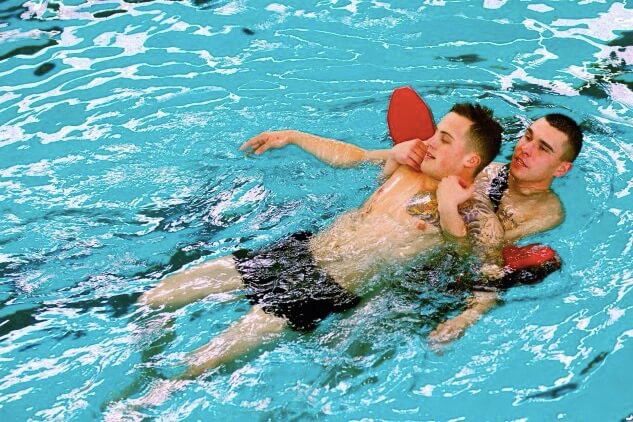
Photo Courtesy: Sgt. Zachary Gardner
The CDC also sites that for every one person who dies from drowning, an additional five receive emergency department care for nonfatal submersion injuries. Of those five, over half require hospitalization for further care and can experience long-term disabilities from severe brain damage. The loss of functioning ranges from memory problems to permanent vegetative state.
With my nursing experience in the hospital with stroke victims who typically lose functioning to some capacity, most patients state that their worst nightmare is not death but living with a severe impairment. The adjustments for a drowning victim and family to make regarding physical and cognitive impairments from hypoxic blackout are too extensive to cover in detail in just one article.
Drawing the Line
It is the duty of every swim and dive coach to educate his or her assistants, athletes, and parents of the dangers of extended breath-holding in detail. Ground rules should be set early in the season regarding breath-holding practices, if they are even included in the training regimen at all. When teaching individuals to swim, relaxed breath-holding is the key to safety and should have built-in rest periods.
When training competitive swimmers, it is recommended that restricted breathing exercises should only be practiced one drill at a time and with plenty of rest. However, if a swimmer is unable to accomplish a drill, he should not be pushed passed his limits and should never be encouraged to resist the urge to breathe. Coaches should not give rewards, have contests, or encourage swimmers to resist the urge to breathe through prolonged breath-holding.
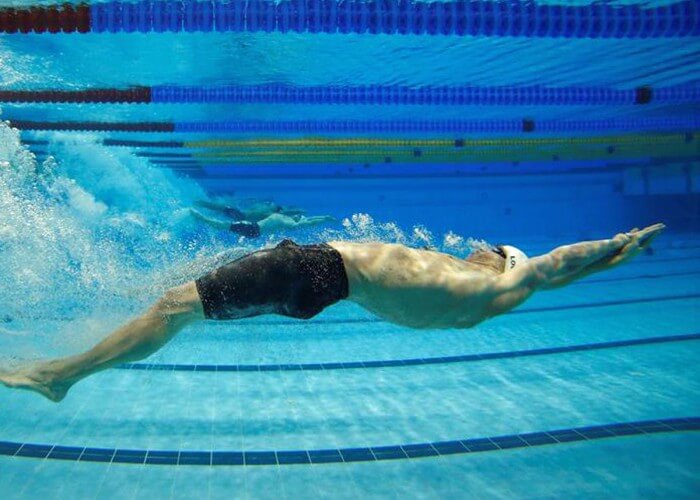
Photo Courtesy: FINA Doha 2014
I remember being rewarded with candy for swimming the length of the pool underwater at just 6 years old. My mom once nearly had a heart attack when she found me practicing holding my breath face-down in the bath tub at that age. I had already been socialized into the swimming community that resisting the natural urge to breathe for extended periods of time was to be celebrated. A high school teammate passed out during a breath-holding set while a teammate lifted him above the surface. He told the coach he was alright and promptly resumed the set.
Coaches acknowledged my athletic success in college due to the length of time I could kick off the wall underwater. Thankfully, nothing bad happened to me. But that unfortunately was not the case for the following reported swimmers: 14-year-old Louis Lowenthall, Dartmouth University’s Tate Ramsden, free diver Whitner Milner, Navy Seal student James Derek Lovelace, and countless others around the world. I highlight these stories and deaths not to put down coaches but to raise awareness of dangers of hypoxic practices and eventually to see a culture change in the sport of swimming.
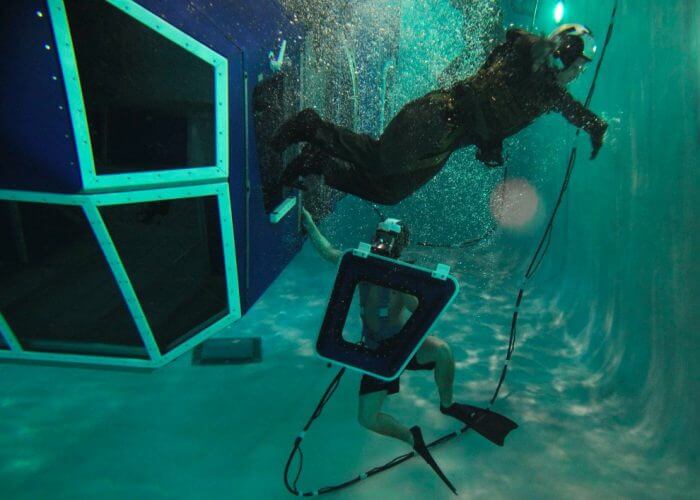
Photo Courtesy: U.S. Navy photo by Mass Communication Specialist 2nd Class Todd Frantom/Released
Though the practice of breath-holding sets can have its merits under appropriate parameters and safe guidance for kick-outs off the wall or extending breathing patterns, many coaches and athletes are unaware of the deadly consequences of hypoxic workouts and tend to push the limits so far as to cause shallow water blackout. Having athletes take their final breath under the supervision of lifeguards, the direction and guidance of CPR/AED and lifeguard-certified coaches cannot continue to be justified- we need to draw the line and raise awareness to stop further preventable tragedies.
Coaches and swimmers should take precautions to avoid shallow water blackouts when performing underwater drills. All training should be conducted by a certified and experienced coach. Coaches and swimmers who use these drills should do so at their own discretion. Learn more about shallow water blackouts
All commentaries are the opinion of the author and do not necessarily reflect the views of Swimming World Magazine nor its staff.




Brittany Archer
Michael Paratore, holy crap
Shelly Hawkins Turner
Holy cow! That’s terrifying!
Shea Huntington Danny Moon
Imma stick with breathing every 2
Same?
?*
Nanette Cote
Make sure coaches stress proper breathing to kids.
Gina DeFloria H2Os!!!! our favorite!!!
Hey I’m a distance swimmer I should be fine no under waters for me ??
Cody Jobe
Mark Olson
Well, that is something scary I knew nothing about.
I did because of my background as a RN, this does a good job of explaining hyperventilating and breath holding is really dangerous.
Lisa Olson glad you flagged it. Always happy to learn!!
John Santiago, crazy we were just talking about this tonight!
It’s a pretty good article if you have a minute to read it…
Definitely a good article!! Good read for sure!
Jodie House
Sarah Elizabeth Allison
See it’s a real thing!
Even more so in the case of asthmatic swimmers. Asthma is also induced by training and breathing in the air around the pool – so ensure that the swimmers breathe. Very good and well-researched article, thanks.
Jeroen Dellebeke Jarno van Lagen ?
Bottom line, the urge to breathe is important. Listen to it!
Ruairí O2 is overrated… hypoxic blackout = goals??
Juan M Raffo
My mom used to tell me to not overdue it in practice❤??
Noah Woollweever
Christopher Reed
As a college coach and someone with a Ph.D. in physiology, I have some comments. First, the article is well written but the article confuses the reader with CDC drowning statistics and hypoxic blackouts — most drownings occur because of the inability to swim NOT because hundreds of people are drowning because of breath holding!! Second, the premise for shallow water blackout is that if you hyperventilate to flush C02 from system, you flush C02 from blood and spinal fluid; and this C02 is used to trigger you to breathe – removing CO2 from blood and the medulla (part of the brain) doesn’t get the signal/stimulus to breathe (all correct in article). BUT in order for this to happen, swimmers need to FIRST hyperventilate. If you remove hyperventilation from drills (NEVER DO IT SWIMMERS!!), shallow water blackout doesn’t happen or the chances are reduced dramatically. With over 30 years of coaching I have never seen it happen and I suspect most coaches have not either. The reality is that the incidence of blackout is so small in the swimming club and HS community that you have a 100000X risk of dying or getting injured driving in a car to practice. Should we then ban all cars!? While it is great to educate swimmers, coaches and parents on the danger; the reality is that the number of times this happens in the USA is minuscule – not to make light of the issue and those that died, but advocating eliminating a drill or “changing the culture” doesn’t make sense especially in light of the fact that underwater swimming is now a huge part of swimming. Swimming a 100 yd backstroke at a top level now requires a swimmer be underwater for 60 meters and breathhold – that’s the reality of the sport!!
Swimmers and coaches shoulder rather be educated – 1). never hyperventilate and then immediately do 25s or 50s underwater – 2). never breathhold, but slowly exhale air and relax as you kick underwater 3). coaches should never punish swimmers for not making the distance but rather encourage by having swimmers put fins or zoomers on. 4) when underwater drills are done, coaches should be extra vigilant (no talking to parents or sitting on deck). 5). Never let a swimmer practice underwater alone (even if lifeguard on duty)! Again education (which the article attempts to do) is key and articles like this should rather focus on the education rather than using scare tactics or advocating removal of underwaters. Hundreds of thousands of swimmers have done hypoxic workouts and underwaters safely and possibly 10 swimmers (probably less) have died from either hyperventilating before underwaters or have had primary symptoms (heart atrial flutter or a heart weakened by a virus or severe asthma) that exasperated the event. Again let’s focus on education and stay away from trying to overamplify something that is VERY rare in the swimming community.
Absolutely!
We probably shouldn’t have sent you down to the bottom of Watermelon Cay at St. John to get that starfish either. But you could hold your breath longer than anyone. Blame it on dad. love, mom
Kristy, thank you for a great article. Your article has certainly raised awareness about the dangers of underwater breath-holding. We have documented cases of underwater hypoxic blackout (SWB) in which no hyperventilation occurred. Dr Frank Merritt, MD has done a study confirming this where oxygen levels became so depleted with multiple underwater laps that blackout occurred (without hyperventilation) before carbon dioxide levels triggered breathing. So I differ with Dr Stuart Cromarty’s opionion that hyperventilation is a prefactor for blackout. I emphasize this because I do not want someone breath-holding underwater to think they are safe just because they did not hyperventilate. Thank you again, Kristy and swimmingworldmagazine.com. For more information see http://www.shallowwaterblackoutprevention.org
Rhonda Milner, MD
Founder and Chairman, Shallow Water Blackout Prevention
Pamela Nix Borthwick
It’s so sad to read and knowing it still goes on.
Feeling your sadness
Thank you Vicki ❤️
❤️❤️❤️
Your little fish has got her mummy swimming with her now. That’s SPECIAL ???
Synchronized swimmers face this danger in every single practice. It’s no joke.
Kayla Hatcher please read
This wii go to my team–Thanks a lot